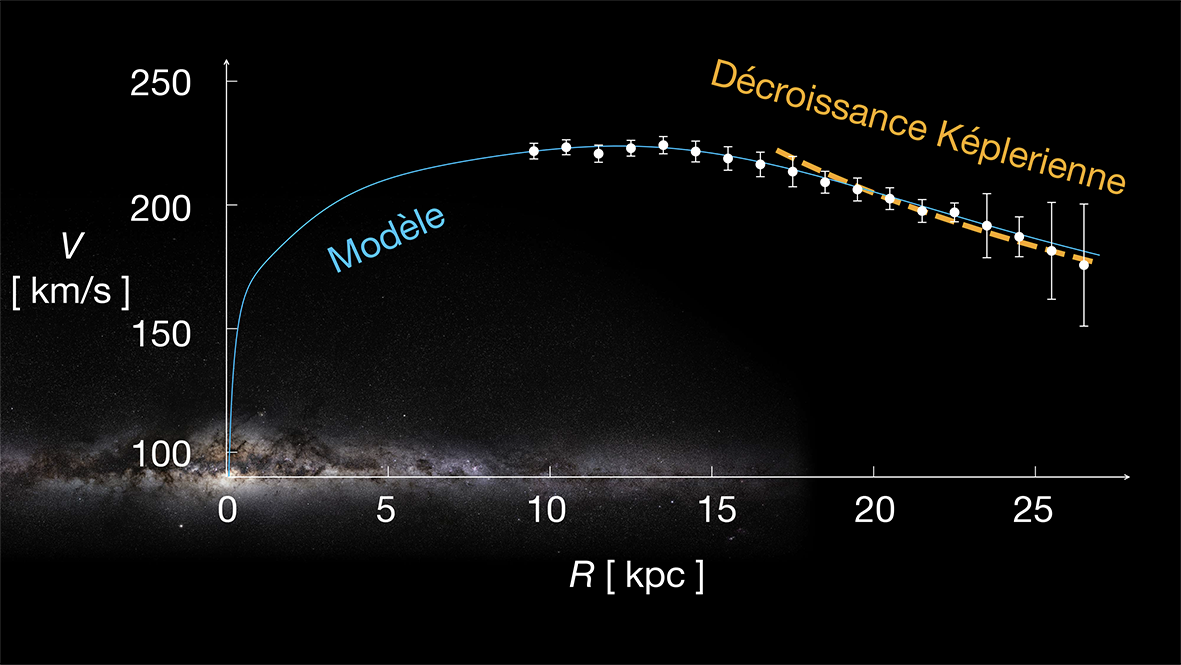Astronomers have used the observations by the Gaia satellite from the European Space Agency (ESA) to work out exactly how much mass the Milky Way has. And it turns out it is less than previous estimates, placing the total at 206 billion times the mass of our Sun.
The Gaia data is the most detailed map of the Milky Way, providing not just the position but also the velocity of 1.8 billion stars – about 2 percent of all the stars in the galaxy. With that information, researchers can work out how they move, and that is an indication of how the mass in the galaxy is distributed. The researchers have found that this distribution is defying expectations.
If all the mass in a galaxy is tracked by stars, a spiral galaxy like our own should have a specific velocity distribution. The stars should get faster and faster as you get away from the center, up to a point where their velocities will begin to decrease again. This is known as a Keplerian decline.

The velocity distribution of the Milky Way according to the new observations.
Image credit: Jiao, Hammer et al. / Observatoire de Paris – PSL / CNRS / ESA / Gaia / ESO / S. Brunier
Back in the 70s, astronomers Vera Rubin and Albert Bosma discovered that spiral galaxies did not have this predicted Keplerian decline. The velocity of their stars stayed constant through the disk. Their way to explain what was happening was to assume the existence of an invisible substance that spread out further than the galaxy and outweighed the matter that made stars five-to-one. This became known as dark matter.
The new observations suggest that towards the edge of the Milky Way, further out than where the Sun is located, the velocities are showing a Keplerian decline. Using the data, the team estimates that ordinary matter – stars, gas clouds, planets, etc. – makes up 60 billion solar masses of the total Milky Way. That is one-third of the total mass of our galaxy.
For the average galaxy, the proportion of dark matter should be between five and six times the amount of regular matter. The Milky Way doesn’t seem to be average in that regard. The researchers from the Paris Observatory put forward possible explanations for the apparent discrepancy between cosmological models and the estimates from the observations.
One possibility is that the measurements for other spiral galaxies will need to be reassessed. The Gaia project is very different from how we measure other galaxies.
Alternatively, there could just be less dark matter around our galaxy. The average spiral galaxy collides with another galaxy of roughly the same size every 6 billion years. Last time this happened to the Milky Way was 9 billion years ago.
The study is published in Astronomy & Astrophysics.
Source Link: Milky Way Weighs Less Than We Thought – And It's Missing Dark Matter